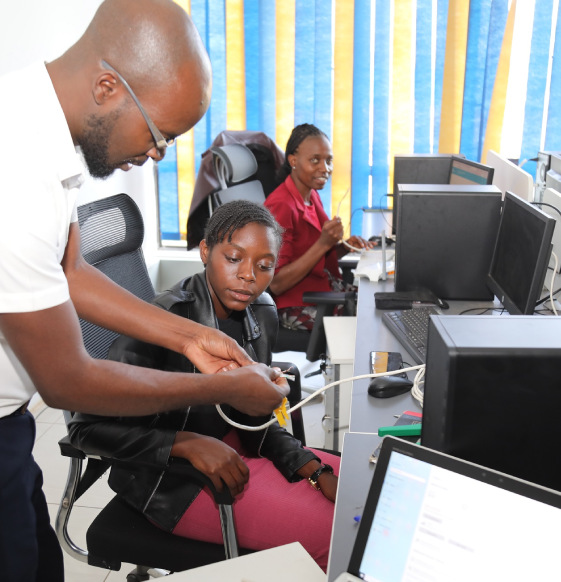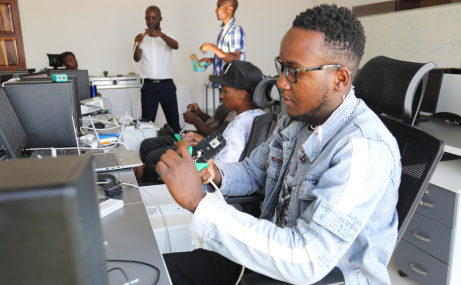Digitalent > Computer Networks Training
 Digitalent
Digitalent networkComputer Networks Training
Our 5 Day Computer Networks training is designed to provide a broad understanding of computer networks to learners who are interested in entry-level networking concepts and skills.
This is a good starting point for anyone interested in data communication and computer networks.
Details
In today’s interconnected world, computer networks play a vital role in facilitating communication and data exchange. By participating in our computer networks training, you’ll unlock a wide range of career opportunities and stay ahead in the rapidly evolving tech landscape. The practical sessions allow students to gain hands-on experience with the essential networking hardware and software, reinforcing the theoretical concepts.
What You will learn
- IP Addressing (V4) Practicals
- Network Devices Practicals
- Network Printing
- Trunking and Connectors Practicals
- Network Practicals
- Network Tools
- Network commands
- Packet tracer
- DHCP
- Wi-Fi Networks
- Network Troubleshooting
- (P2P) Network
Requirements
- The course does not have specific prerequisites. Anyone with basic knowledge of using a computer can do the course.
Course Content
Introduction to Computer Networks
- Definition and importance of computer networks
- Brief history of computer networking development
- Basic network terminology and concepts
Types of Networks
- Local Area Networks (LANs)
- Wide Area Networks (WANs)
- Peer-to-Peer Networks
- Wireless Networks (WLANs)
- Personal Area Networks (PANs)
- Characteristics and applications of each network type
Networking Components
- Network Interface Cards (NICs)
- Network cables (Ethernet, coaxial, fiber optic)
- Hubs, switches, and routers
- Modems and gateways
- Wireless access points and antennas
Naming, Addressing, and Forwarding
- Logical addressing (IPv4 and IPv6)
- MAC (Media Access Control) addresses
- IP address structure and subnetting
- Routing and packet forwarding principles
- Domain Name System (DNS)
Subnetting
- Purpose and benefits of subnetting
- Subnet mask calculation
- Variable Length Subnet Masking (VLSM)
- Practical subnetting examples
Network Devices
- Hubs, switches, and routers
- Function, characteristics, and differences
- Switch configuration and management
- Router configuration and routing protocols
Wireless devices
- Access points, wireless routers, and wireless clients
- Wireless standards (802.11a/b/g/n/ac/ax)
- Wireless security protocols (WEP, WPA, WPA2)
Hands-on Exercises
- Identifying network components and their functions
- Configuring IP addresses and subnetting
- Connecting and testing network devices (switches, routers, access points)
- Troubleshooting basic network connectivity issues
- Exploring network management and monitoring tools





